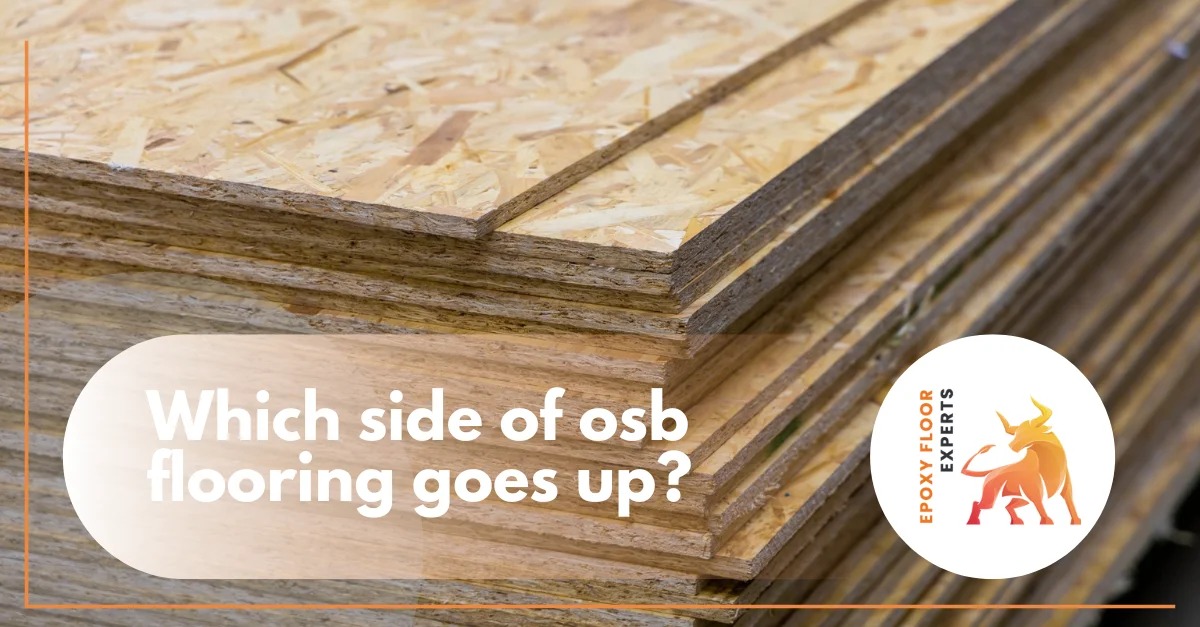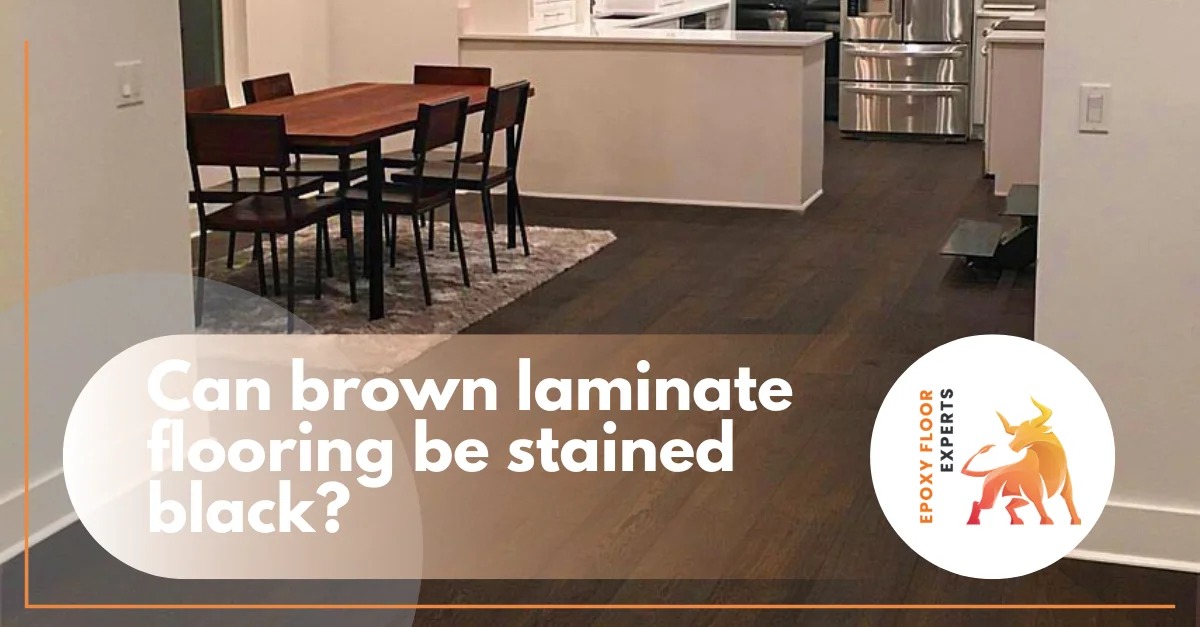Which Side of OSB Flooring Goes Up

Which Side of OSB Flooring Goes Up: A Detailed Guide to Get Things Right
When working on a project that involves installing OSB for roof sheathing or OSB garage walls, you might have a question: which side of OSB flooring goes up? This might seem like a small query but wait, knowing which side of OSB flooring goes up can have a huge difference in the durability and overall performance of your work. It doesn't matter if you are installing a waterproof OSB subfloor or covering a wall, if you know which side of OSB faces out then the key to a flawless project is in your hands. Knowing this little detail will ensure that your project stands out.
No need to stress out, at Gnu Garage, we’re here to guide you in detail, breaking down every point from practical tips to professional insights so that you can make your installation smooth and effective.
What is OSB, and Why Does It Matter?
Before we talk about which side of OSB goes up, it's important to learn the basics first. Starting from the first step, let's look into What does OSB stand for in plywood? The full form of OSB is oriented strand board, it is a type of engineered wood that is made up of layers of wood strands that are compressed with adhesives under high pressure. It's a material used a lot, from OSB for roof sheathing to OSB garage walls. It's a versatile and cost effective material, making them high in demand among home renovators. But wait, how does it stack up against plywood? To understand this, let’s look into the difference between plywood and OSB.
- Plywood is a material made up of thin layers of wood veneer that are sticked together with a glue. Each layer of grain is rotated to build more strength and durability. .
- OSB, on the other hand, is made from wood strands; these thin layers of strands are arranged in cross-oriented layers, at right angles facing each other. This cross orientation makes the material strong and more affordable.
- Plywood vs OSB subflooring: Plywood is smooth in texture and more moisture resistant in nature, while 3/4 inch OSB comes in more reasonable price making them a budget friendly option for subflooring or sheathing, especially when used as waterproof OSB.
What material works best for you depends completely on your project. For most of the situations 4x8 oriented strand board is highly preferred due to its durability and affordability. Want to know more about other professional tips and techniques? Check out our blog page.
Which Side of OSB Faces Out: Smooth or Textured?
Congratulations, you have finally reached the heart of this blog: which side of OSB board faces out? Not all OSB panels, but most of them have two different sides: one smooth and one textured, like the struct 1 OSB. Here’s the main debate, whether to keep the OSB smooth side up or down? Let's break it down.
- Smooth Side: This side is the facing side, it is typically marked with stamps or labels like OSB R center, with thickness like ¾ inch OSB. The smooth side is usually up in the settings where appearance is crucial, like OSB painted walls or exposed OSB garage walls.
- Textured Side: The textured side has a rough surface, it helps in providing grip and resistance during construction and improves adhesion for roofing materials. For projects where OSB is used for roof sheathing, the textured side is typically outward, facing up to provide a strong grip for roofing felt or shingles.
Summary: Here is a quick recap on which side of OSB goes up? For projects like waterproof OSB subfloor or OSB for roof sheathing, keep the textured side face up, this will enhance the grip and adhesion. While for a cleaner and flawless look, projects like OSB garage walls or exterior OSB, where looks and appearance matters, put the smooth side face up. Keep the smooth side up if you are planning to paint it. Always make sure to read the product guidelines to use the materials accordingly.
Is OSB Waterproof?
Another common question asked is, whether the OSB is waterproof? Well, a short answer will be no, standard OSB is not waterproof. However, before the application, if the board is treated with moisture resistant coating then it can be OSB waterproof or water resistant. Some products of green OSB board are designed specially for outdoor purposes like OSB for roof sheathing or waterproof OSB subfloor
If you need waterproof OSB for your project, the smooth side also known as the treated side should face outwards, this will help maximize moisture protection.
To protect OSB garage walls or subfloors from moisture damage, go for the rough or untreated side and seal it with a water resistant product.
How To Install OSB Sheathing For a Wall
If you already know the basics then installing OSB sheathing for a wall is a piece of cake for you. Don't worry, it's a simple and straightforward process. Need professional assistance? Click here to contact us and get expert advice tailored to your requirements.
- Choose the Right OSB: The right type of OSB depends on what you are working with. Looking for strength and durability? Go for 3/4 inch OSB or struct 1 OSB, especially for OSB garage walls.
- Which Side Faces Out: This again depends on the project demands. For OSB painted walls, place the OSB smooth side out and if you are looking for a strong grip and better adhesion, the textured side will face outwards.
- Secure It Tight: Use nails or screws spaced 6 inches along edges and 12 inches in the field.
- Seal Joints: For waterproof OSB, seal the edges by applying sealant to protect moisture damage.
- Finishing: For a smooth and finish look, paint the smooth side of the wall if needed.
Get Creative With OSB
It's mistaken that OSB is just for structural purposes. No, it's a versatile product that can also be used to give character and drama to your garage. Here’s some iconic ideas for you:
- OSB Painted Walls: To give a modern, industrial look to your garage, place the smooth side of OSB outwards and paint it according to your aesthetic.
- Shelving and Storage: Build strong shelves or workbenches with ¾ inch Osb board.
- Accent Walls: Lets get unique with this one! With a green OSB board, create a new featured wall, giving a pop of color and texture.
Frequently Asked Questions
Q1. For flooring what side of OSB should face out?
The textured side typically faces out, this helps improve grip and adhesion with other flooring materials like tile or vinyl.
Q2. What OSB side should face out for roofing?
For roof sheathing, place the textured side up to ensure a secure installation, as this will provide a strong grip for roofing materials.
Q3. Which side of OSB is water resistant?
The smooth side is often water resistant if the OSB is treated. To avoid risk and damage follow the manufacturer’s instructions.
Q4. What is the difference between plywood and OSB?
Plywood is smooth in texture and more moisture resistant, on the other hand OSB is affordable and durable if sealed right.


.webp)


